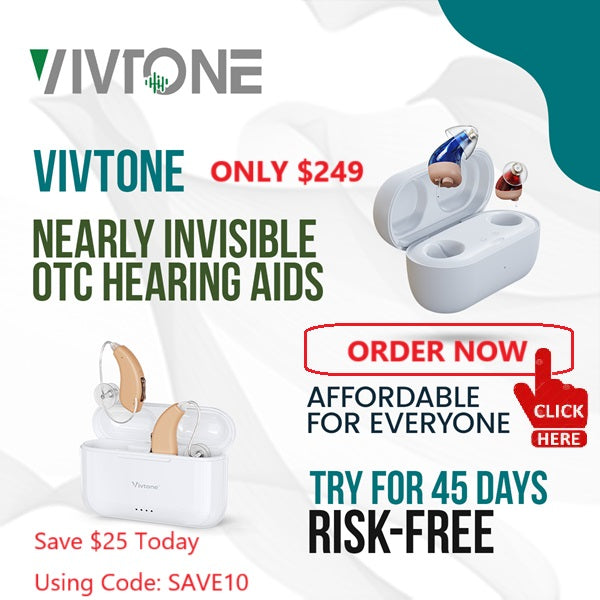Hearing Aid Domes Uncovered: Function, Differences, Lifespan, and Cleaning
Navigation
- What Are Hearing Aid Domes and How Do They Work?
- Domes vs. Ear Molds: What's the Difference?
- Would Hearing Aid Domes Wear Out? When to Replace Them
- How Often Should Hearing Aid Domes Be Cleaned?
- How to Care for Hearing Aid Domes: Tips for Maintenance
- Q&A
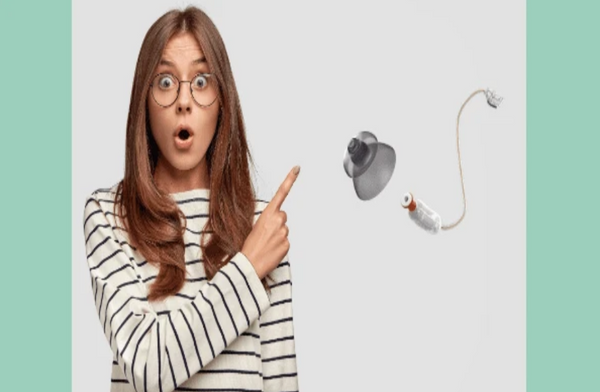
Introduction
Hearing aids are intricate devices that can vastly improve hearing and quality of life for those with hearing impairment. While the technology inside hearing aids gets much of the focus, a small but critical component often goes overlooked - the hearing aid dome. These interchangeable rubber or foam tips connect the hearing aid to the ear canal and play an integral role in comfort, retention, and sound quality. With proper understanding and maintenance of domes, hearing aid users can get the most out of their devices. This guide will shed light on the function, differences, lifespan, and care of these essential accessories.
What Are Hearing Aid Domes and How Do They Work?
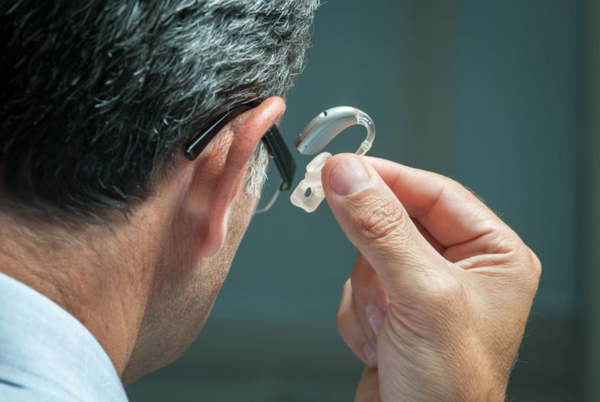
Hearing aid domes (also called ear tips) are soft, compressible pieces that attach to the receiver of a hearing aid and sit in the opening of the ear canal. Domes come in a range of sizes, shapes, and materials to suit different ears and hearing aid models. Their key functions include:
- Directing sound: Domes form a passageway to guide amplified sound from the hearing aid receiver into the ear canal. This improves sound quality and volume.
- Comfort: The soft dome materials compress to conform to the unique contours of each ear canal. This provides a comfortable, custom fit.
- Retention: Domes lodge securely in the ear canal opening to prevent hearing aids from slipping out or requiring readjustment.
- Protection: Domes provide a barrier against earwax and debris ingress that could damage hearing aid components.
- Feedback reduction: A proper dome fit minimizes feedback, whistling, and occlusion effects.
Understanding domes is the first step to optimizing comfort and performance. Next, we'll explore key differences in dome options.
Domes vs. Ear Molds: What's the Difference?
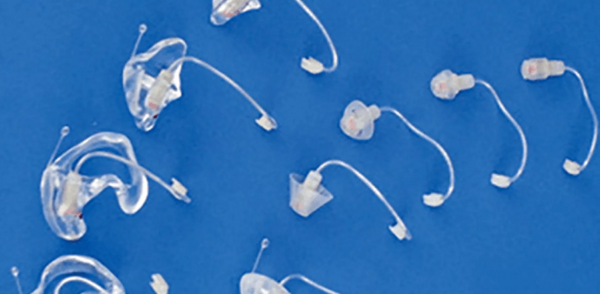
Hearing aid wearers have two main choices when it comes to canal tips - standard domes or custom ear molds. While both sit in the ear canal, some key differences impact their use:
- Custom-fit: Domes come in preset sizes and shapes to fit most ears. Ear molds are individually cast and sculpted to match the exact contours of the ear canal.
- Material: Domes are prefabricated from soft, pliable silicone, Lucite, or foam. Ear molds can be acrylic, silicone, or Lucite but are generally more rigid.
- Comfort: The compressible dome materials and range of sizes allow a comfortable, adjustable fit for most people. But for those with very small or unusually shaped ear canals, a bespoke custom mold may fit better.
- Durability: Domes are disposable and replaced every few months. Ear molds are more durable and can last for years.
- Convenience: Domes are quicker and easier to fit, use, clean, and replace as needed. Ear molds require professional impressions and fabrication.
- Cost: Dome packs are relatively inexpensive. Custom ear molds involve specialist time and lab fees, making them a more costly option.
When considering domes versus molds, factors like ear canal shape, dexterity, cost, and lifestyle help determine the right option on an individual basis. An audiologist can recommend the best canal tips for a patient's needs and preferences.
Vivtone offers personalized guidance to help find the optimal solutions for your situation. Their experts explain the range of hearing aid models and accessories available, walking through the key differences and benefits of various styles. Together, you can determine which options match your degree of hearing loss, lifestyle needs, and personal preferences.
Would Hearing Aid Domes Wear Out? When to Replace Them
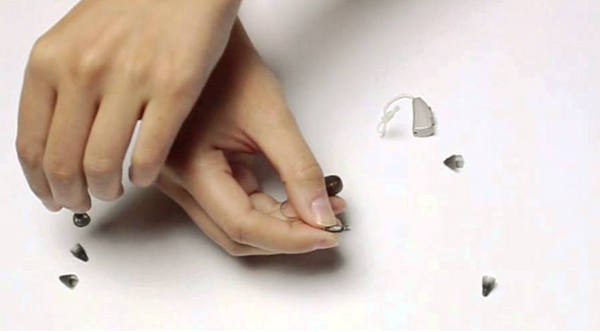
With regular wear, hearing aid domes will deteriorate over time. But how long should they last before being replaced?
Dome lifespan is impacted by:
- Frequency of wear: Daily, all-day use will wear domes faster than occasional use.
- Ear conditions: Excessive earwax or discharge can degrade domes more quickly.
- Care and cleaning: Proper daily and weekly care extends the dome's lifespan.
- Exposure: Environmental factors like humidity, temperature extremes, and chemicals can accelerate wear.
- Material: Silicone or foam domes need more frequent replacement than custom Lucite tips.
On average, domes should be replaced every 4-6 months with regular full-time use. However, audiology best practices recommend replacing domes at least every 2-3 months. More frequent replacement, every 4-6 weeks, may be advised for those with excessive earwax or discharge. Always adhere to your hearing healthcare provider's replacement timeline.
Signs that your domes need a replacement include:
- Hardening, cracking, or discoloring
- Reduced flexibility or compressibility
- Difficulty inserting into the ear canal
- The Port opening shows wear from friction with the hearing aid
- Feedback, reduced sound quality, or discomfort indicating poor fit
Routine hearing aid maintenance checks are an excellent opportunity to assess dome condition and replace it if needed for optimal performance.
How Often Should Hearing Aid Domes Be Cleaned?
Cleaning hearing aid domes regularly is imperative for comfort, sound quality, and device life. Earwax and moisture buildup can clog the dome opening or hearing aid microphone. Additionally, dirt and bacteria accumulation creates hygiene issues and skin irritation.
Experts recommend cleaning dome exteriors daily by wiping them down with a dry cloth or brush. Use a gentle soap and water solution (never submerge domes) to thoroughly clean the domes once a week. Replace domes immediately if you experience discharge or moisture ingress issues.
Helpful hearing aid cleaning tools include:
- Dry cloth, brush, or pick to wipe away earwax around the domes and receiver
- Mild soap and water solution for weekly cleaning
- Wax removing drops to break up stubborn earwax before wiping away
- Magnifying glass to inspect domes and receivers for buildup
Avoid introducing moisture into any microphone, battery, or electronics portion of the hearing aids during cleaning. Be sure to thoroughly air dry domes after using water or a cleaning solution. Proper daily and weekly cleaning keeps hearing aids performing their best.
How to Care for Hearing Aid Domes: Tips for Maintenance
Responsible hearing aid dome care promotes comfort, hygiene, and optimal device function. Follow these best practices:
- Always use domes approved for your specific hearing aid make and model. Ill-fitting third-party domes hinder performance.
- Change domes routinely based on manufacturer timelines and your individual wear patterns.
- Store domes in a clean, dry case when not being worn to avoid damage.
- Avoid exposure to hairspray, lotions, extreme heat or cold. Remove hearing aids before showering or swimming.
- Inspect domes regularly for wax buildup, moisture ingress, and signs of wear.
- Follow prescribed cleaning methods only, and do not submerge domes or hearing aids in water.
- Have hearing aids professionally serviced every 6 months, including dome inspection and replacement.
Avoiding practices that can prematurely damage domes is also important:
- Don't force ill-fitting domes onto hearing aid receivers.
- Refrain from makeshift cleaning methods like cotton swabs, tissues, or towels.
- Never use solvents, alcohol, or harsh chemicals to clean.
- Don't wear domes without replacing them for longer than the recommended timeframes.
Caring properly for hearing aid domes ensures you receive the intended comfort, sound quality, and longevity from your devices.
Conclusion
Hearing aid domes play a pivotal role in guiding sound into the ear canal, minimizing feedback, and promoting hearing aid comfort and retention. While small, these interchangeable tips require care and timely replacement for hearing aids to function as intended. Following basic guidelines on dome selection, lifespan, cleaning, and preventative maintenance allows hearing aid users to maximize the benefit and longevity of their invaluable devices. Consult your hearing healthcare provider for advice and recommendations tailored to your specific needs and ears. A little know-how goes a long way in demystifying hearing aid dome care.
Frequently Asked Questions
Q1: Which type of hearing aid dome is best?
There is no one "best" hearing aid dome type that fits everyone. The right dome depends on your ear canal size, the style of hearing aid, and your hearing loss needs. Your audiologist will help determine the best dome material, venting, and size for your ears and hearing.
Q2: What are the different types of hearing aid domes?
Common styles include power domes, open domes, single-vent domes, and double-vent domes. Domes come in different materials like silicone, Lucite, and foam.
Q3: Which is better, single or double vent hearing aid domes?
Single-vent domes allow some natural environmental sounds to enter the ear canal. Double vent domes allow even more ambient sound, which helps hearing aid comfort. An audiologist will recommend single versus double vents based on your hearing loss and needs.
Q4: Are ear molds better than domes?
For most wearers, domes are preferable over custom ear molds for their ease of use, lower cost, and ability to self-replace. However, people with very small ear canals or unusual ear canal shapes may get a more comfortable, secure fit with custom molded tips.
Q5: What size hearing aid dome should I have?
Size depends on the measurement of your ear canal opening. Your audiologist will assess your ear anatomy and recommend a dome size that fits your canal appropriately. Ill-fitting domes result in discomfort or feedback.
Q6: Why won't my hearing aid dome stay in my ear?
If your dome slips out, it likely means you have the wrong size or style. Other factors, like the buildup of earwax or moisture, can also reduce retention. Consult your audiologist to troubleshoot options like dome guards, different venting, or custom ear molds.
Q7: Can I reuse hearing aid domes?
Reusing old hearing aid domes is not recommended, as they degrade over time, lose their shape and seal, accumulate earwax and bacteria, and no longer direct sound properly into the ear canal. Always replace domes regularly with new ones as advised for hygiene, comfort, and optimal hearing aid performance.
Vivtone hearing aids
When it comes to the intricate world of hearing aids, particularly the nuances of hearing aid domes, it's crucial to choose a brand that not only offers quality but also understands the subtleties of hearing aid care and maintenance. While Bossa hearing aids have been an option for some, their high costs and the inconvenience of in-person services have led many to seek alternatives. Enter Vivtone Hearing Aids-a harmonious blend of affordability, quality, and convenience.
Founded by an ENT specialist, Vivtone has revolutionized the hearing aid industry with its user-centric approach. Over a decade, they have helped over 750,000 customers find the right hearing solutions, significantly simplifying the process with free online hearing tests. This ease of access is particularly relevant when considering the intricacies of hearing aid domes-their function, differences, lifespan, and cleaning requirements.
Vivtone stands out with its FDA-registered devices, ensuring high standards of quality and safety. They eliminate middleman expenses, offering cost-effective solutions directly to your doorstep. This approach is vital when considering the maintenance of hearing aid domes, which require regular replacement and cleaning for optimal performance.
Unlike Bossa, Vivtone offers a transparent pricing policy, allowing users to find the perfect hearing aids within their budget without any hidden costs. This transparency extends to the lifespan and maintenance of hearing aid components, including domes, ensuring users are well-informed and prepared.
Moreover, Vivtone provides a 45-day risk-free trial and a 1-year manufacturer's warranty, ensuring a worry-free experience. Their exceptional U.S.-based, lifetime support is lauded by customers like Patty Reich, who rates them highly for outstanding customer service.
Vivtone user Dennis Miller says, "Outstanding product, matching or surpassing my $4,000 hearing aids. I highly recommend Vivtone for anyone with hearing difficulties."
In conclusion, for those looking for a reliable, budget-friendly alternative that understands the nuances of hearing aid domes and overall hearing aid care, Vivtone is an excellent choice. Their commitment to quality, affordability, and customer satisfaction makes them a standout in the hearing aid market.
Discover if Vivtone Hearing Aid is suitable for you by taking our quick, easy, and free online hearing test. Receive instant results now.
Click here to learn more about Vivtone hearing aids and save up to $1700 on medical grade OTC hearing aids.
Read More
- Hearing Aid Domes: Enhancing Comfort and Sound Quality– vivtonehearing
- Hearing Aid Domes Uncovered: Function, Differences, Lifespan, and Clea– vivtonehearing
- Hearing Aids Near Me: Best Practice Guide to Find A Provider Nearby– vivtonehearing
- Unveiling Moxi: The Revolution in Auditory Experiences– vivtonehearing
- Hearing Loss Accelerates Dementia: How Hearing Aids Can Slow Cognitive– vivtonehearing

